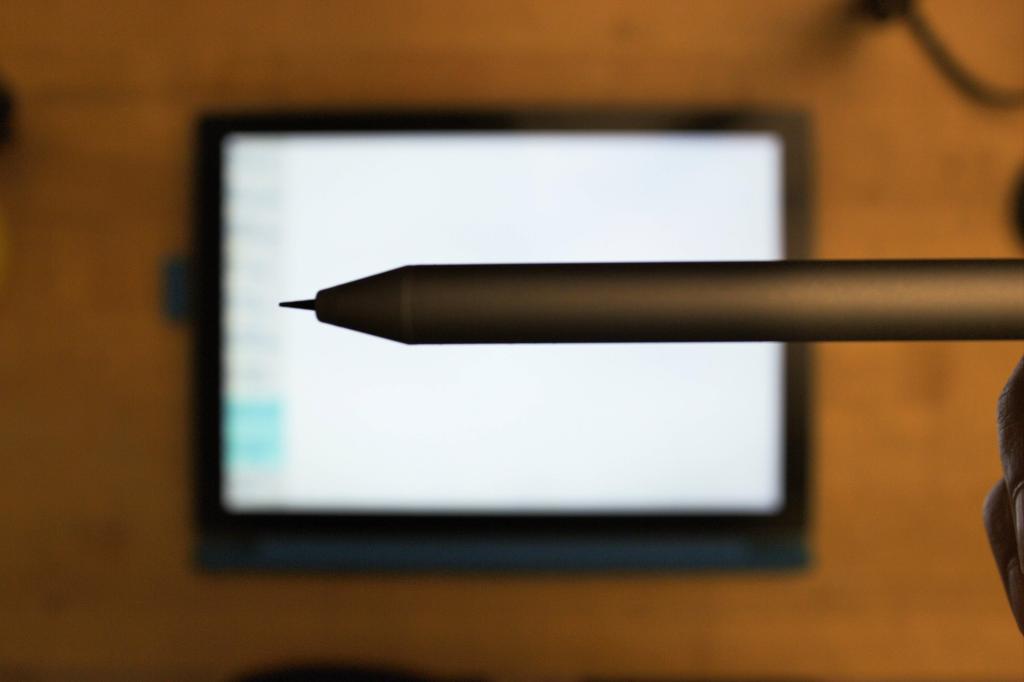
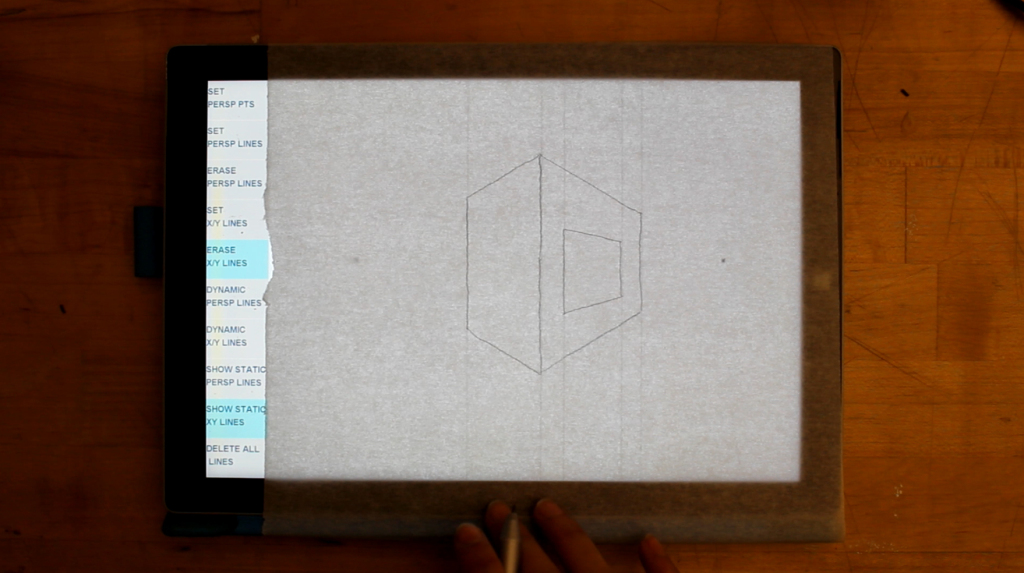
SketchHelper is an app that aids in the analog perspective sketching process. The idea is that the artist can use the application to provide on-the-go construction lines. Currently the design of the interface is static and not technically optimal; there is much left to be done in this project and for this reason it will be continued next semester with a lot of surveys, user-testing, and design upgrades based on the advice.
SketchHelper speaks to the growing world of intelligent machine-aids in analog processes. The interest to these kinds of process designs is to create potential for the quick and intuitive methods of making that people are capable of responding to in the living world, in real time, to incorporate efficiency and insight and thus allow the designer to create things, and in ways, that might not have been possible before. By doing the tedious work for the designer and intelligently responding to the designers gestural habits, this application will become embedded into the processes that designers are already familiar with. I envision the work to be analogous to a calculator in the math world, there to make math easier but not to replace the person’s thought process.
The first video shows the app in use at high speed. The second video shows someone who was newly introduced to the application at that instant and providing what I considered to be extremely insightful feedback, and communicates the direction that I intend on going as I continue this project.
SketcHelper from Yeliz Karadayi on Vimeo.
SketcHelper from Yeliz Karadayi on Vimeo.
“FreeD” by Amit Zoran. 2013
More
Amit references
“Haptic Intelligentsia” by Joong Han Lee. 2012
More
Amit uses magnets for 3D tracking. I found this website that appears to be a DIY. Maybe I can work on this for another project if the Leap works.
I was worried it wouldn’t so I did a lot of research on 3D magnet tracking, which is still an option maybe…maybe I’ll save it for another project. I’ll post some links just so people can see what I was thinking about if you’re interested.
DIY Magnet Tracker Sites
1 2 3 4 5
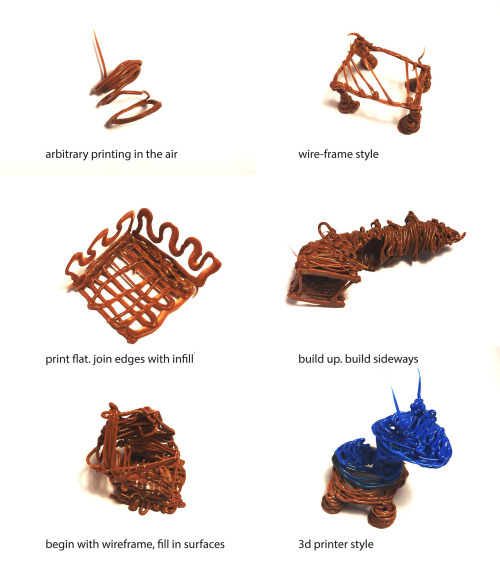
Understanding the limitations of the pen. Make sure it can work with how I want to use it.
THE LEAP WORKS!
Pen over Leap
This project depicts a bag of air deflating for each year that carbon emissions from fossil fuels. Hopefully the physical representation can create awareness. I chose not to depict the year or amount exactly that was removed- the physical representation is designed to be more telling of how carbon did not use to increase as often but does more and more as time goes on.
Data for Carbon Emissions Here
Aside: I struggled with this project in deciding what kind of data can be visualized in a way that is helpful for understanding something that might not have been visible before.
I envision myself using some unpredictable-predictable type of material. Something like this next project’s play with material properties is particularly fascinating, as I have always been interested in new material applications.
Dragonstone | Jólan van der Wiel from Mir Motion on Vimeo.
Dealing with magnetic clay allows for a high level of unpredictability due to the complex inherent nature of clay, yet also has another level of predictability due to the magnetic properties. Knowing the behavioral limits allows for some aspect of the fabrication to happen naturally without interference, such as the way the clay falls out, but it happens within boundaries so that the designer can control the general shape.
More
Can I get some advice from you guys on what I could do? It doesn’t have to be cymatics, necessarily. I think I was interested in cymatics for reasons like I mentioned above, where there is a level of control and un-control. A compromise between the natural effect and the designer’s intentions. However, I feel unhappy with the limitations of my project on what I’m imagining it could “be”, and a performance installation for a concert isn’t what I really want.
My one sentence description would be something more like:
Compromising the designer’s control with the unpredictable nature of [??a material??] accomplished by implementing [??a hybrid instrument??]
Computer Augmented Craft – Christian Fiebig from The Machine on Vimeo.
This kind of intelligent learning used to aid in the design process is what I was really interested in when deciding to pursue tangible interaction design. I want to design a design process. I want to design a tool that aids in the design process.
More
Augmented Materiality from greyshed on Vimeo.
Here is another project that has very successful research results for augmented prototyping using wax, yet another predictable-unpredictable type of material. Maybe I can work with wax? I have worked with it before with water.
More
Final Proj Presentation 1
How do you set timers for each slide individually?
This project is looking to invite the audience to participate in the performance through the use of sound, water, and light.
I live with three cats and they get pretty competitive for food. Cat’s are grazers, meaning they generally do not like to finish a meal all at once; they like to spread it out throughout a day. However one of my cats is quite a fatty and she will always go for all the food until she gets sick. I propose an intelligent food bowl that can detect which cat wants to eat from it using infrared sensors pulsing at different frequencies for each cat. This way I can control who gets to eat out of the one bowl!
The bowl has a rotating interior panel that covers and un-covers the entry to the food. A button can control which cat gets to graze. If more than one cat is detected at once, the food bowl will not open. The red LED turns on when it detects a cat.
This prototype does have small infrared LED lights out and will be embedded into a cat’s collar.
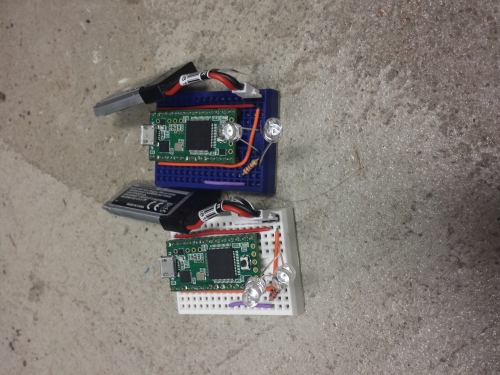
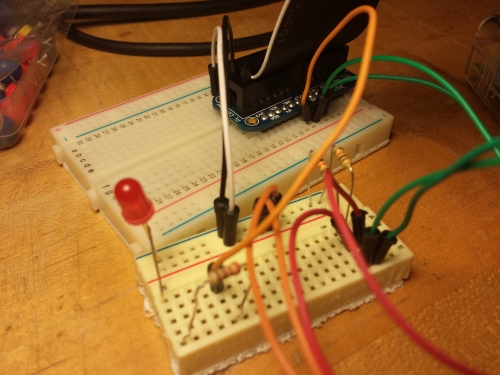
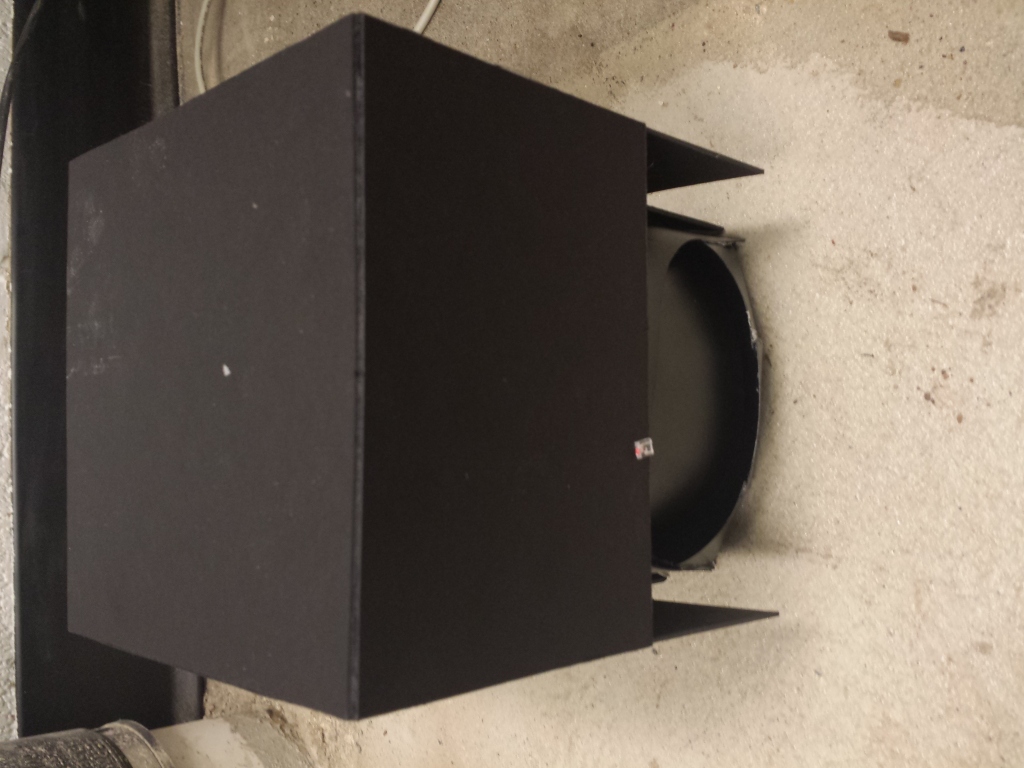
This project was done at Carnegie Mellon and is the most technology I’ve ever seen on a body. It’s not even touchable, it’s just a projection on your body or any object that you can interact with. This is leaning more toward where I can envision wearable technology going in the future. Yet, this is the oldest project I’m referencing. What happened to this kind of wearable technology today?
More
The Arcus ring is pretty awesome in that it does not only apply its technology to health and fitness, although it does market those features considering they’re the biggest reason people buy wearable tech. The Arcus does much more, though: it can use its motion analysis software to communicate with other technologies smoothly. It’s water proof and it can be connected via Bluetooth to any device that supports it. How applicable!
More





